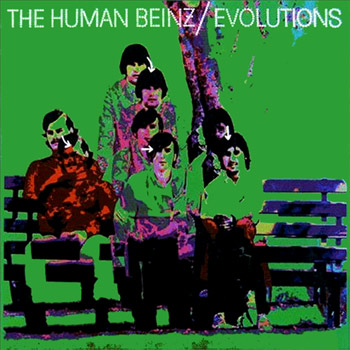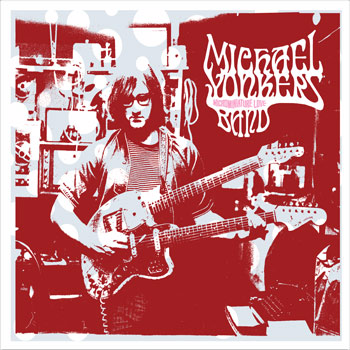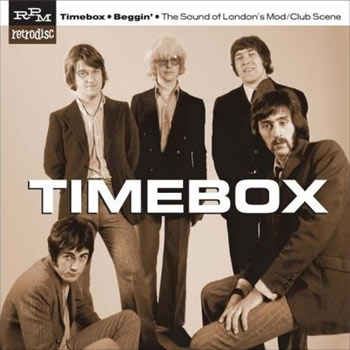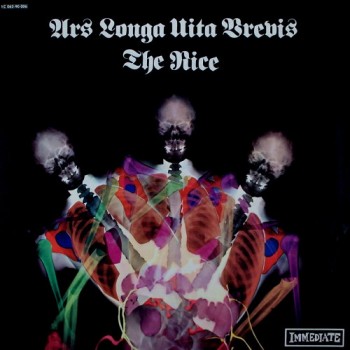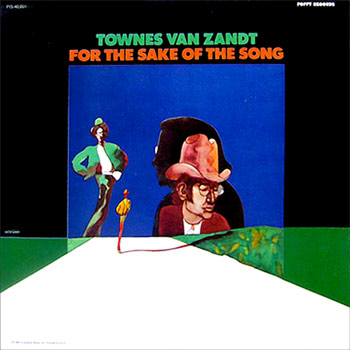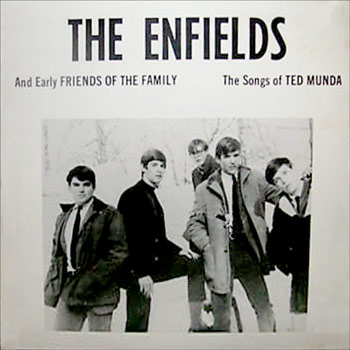Tomorrow “Tomorrow”
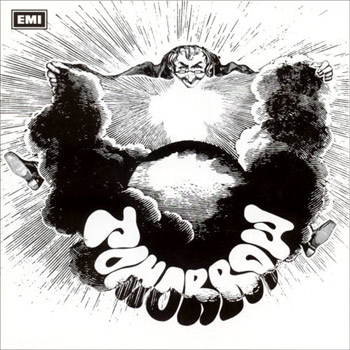
Not exactly a lost album, Tomorrow’s solitary collection has been readily available on CD since its major label reissue in 1999. And quite rightly so; this is a splendid retro package for psychedelia fans. The original album covers all the bases, from whimsy to cod-oriental to acid-rock, in tremendous style. The leadoff track My White Bicycle, originally issued as the preliminary single to the album, is a recognised psych classic and has been widely anthologised. Also included are five outttakes and alternative versions from the original sessions, plus some interesting hard-to-find tracks from each of the band’s two short-lived offshoots.
Tomorrow, like numerous other Brit psych outfits, came about when an established R’n’B group, the In Crowd, changed their name and musical direction to surf the psychedelic upheaval of late 1966. Signed to EMI but failing to click with Pink Floyd producer Norman Smith, they were handed to his colleague Mark P Wirtz, which proved both a blessing and a curse. Wirtz was a brilliant, willingly experimental producer, arranger and composer, but he also had an obsessive pet project, A Teenage Opera, which was doomed to become a legendary unfinished work comparable to Smile. Diversion to the Opera of the efforts of guitarist Steve Howe, who owed Wirtz favours from earlier session work, and singer Keith West, whom he lured with an offer to act as both vocalist and lyricist, plus the band’s own hectic live dates list and their discovery of LSD, meant that Tomorrow’s recording schedule for their own album became patchy and extended.
You wouldn’t know this from the music, which is somehow both wildly eclectic and reassuringly homogeneous. My White Bicycle, inspired by the community white bicycle scheme in 1960s Amsterdam, is a definitive acid-psych cut laced with backwards guitar, found sound effects and other studio trickery. Real Life Permanent Dream is a sitar-driven raga-rock opus with suitably lysergic lyrics, while Revolution veers crazily through a whirlwind of spoken word passages, riffs and time signatures. On the whimsical side, the delightful musical pen-portraits Auntie Mary’s Dress Shop, Colonel Brown and Shy Boy were originally intended for the Teenage Opera. (Shy Boy was later covered as a single by Kippington Lodge, who eventually morphed into Brinsley Schwarz.) Only the chemically-induced silliness of Three Jolly Little Dwarves and the superfluous, though solid, cover of Strawberry Fields Forever conspire to mar the original eleven-track release’s brilliance. Howe’s playing throughout is exemplary while West’s deadpan whacked-out vocal is perfect for these songs and this genre.
Tomorrow didn’t see release until early 1968, after an unsupportive EMI finally called time on the Opera. By then the psychedelic honeymoon had largely passed and the album failed to sell. The jaded band promptly split; drummer John Twink Alder and bassist John Junior Wood recorded a handful of totally wigged-out originals as The Aquarian Age with Wirtz providing keyboards, while West and Howe called in Ronnie Wood and Aynsley Dunbar, no less, on bass and drums and cut a few tracks in a more mainstream pop-rock direction under West’s name. When neither project grabbed the public’s imagination, Twink went on to rattle the traps for the Pink Fairies, whilst Howe eventually surfaced in an obscure little prog-rock outfit called Yes.
“Revolution”
![]() Original Vinyl | 1968 | Parlophone | search ebay ]
Original Vinyl | 1968 | Parlophone | search ebay ]
![]() MP3 Album | download at amzn ]
MP3 Album | download at amzn ]
![]() Spotify link | listen ]
Spotify link | listen ]
